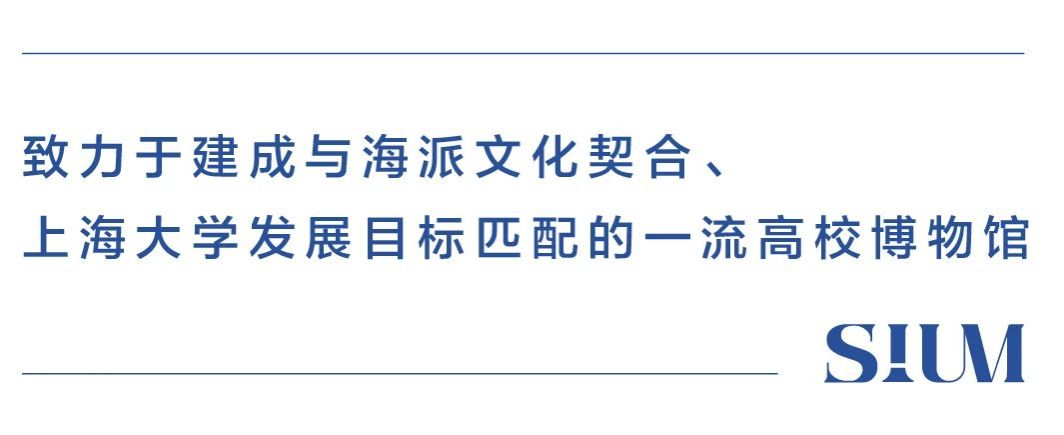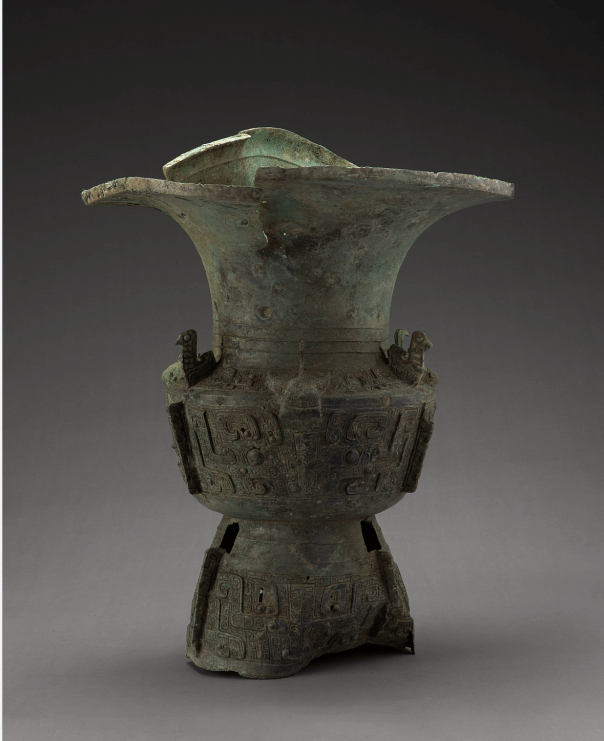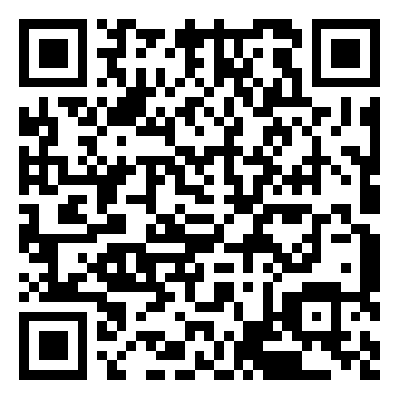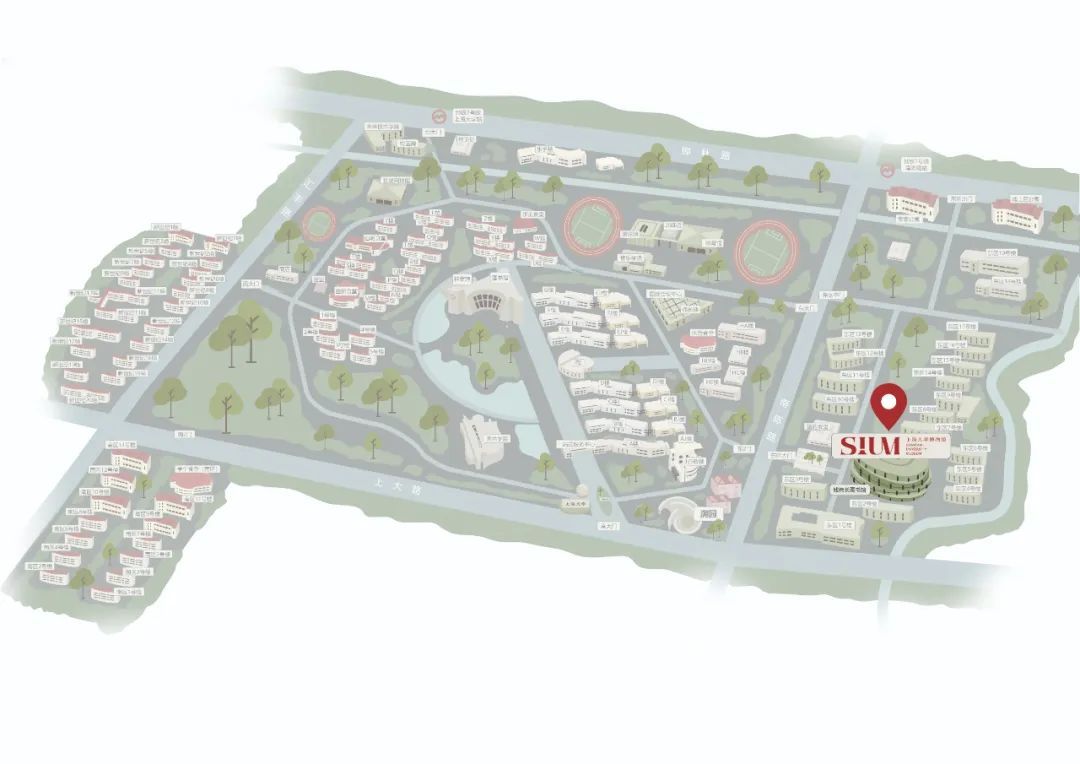
“沉睡三千年,一醒惊天下”的三星堆遗址,是中华文明璀璨星河中明亮而神奇的一颗。
罗丹是“现代雕塑之父”,他的作品中饱含对生命、自然的歌颂、热爱与忧思。
在上海大学博物馆举办的特展——“青铜之光:三星堆与罗丹的超时空对话”展出了许多三星堆、金沙遗址出土文物和罗丹及其同时代雕塑家的作品,让我们一起来详细了解展品背后的故事吧!
第三部分 敬天通神
无论是数千年前的三星堆青铜器,还是19世纪的罗丹雕塑,“神”始终是二者重要的表现题材。三星堆遗址中大量祭祀礼仪用器的使用与集中埋藏,表明宗教祭祀活动在当时社会政治生活中占有十分突出的地位,并彰显出“沟通人神”的原始宗教巫术文化特征。罗丹不仅创作有大量以神为主题的雕塑,更为重要的是,倾注了罗丹心力的作品,基调几乎都带有宗教的内省和焦虑,体现了其对人类痛苦的怜悯与宗教信仰的追求。
青铜尊

· 商代后期(公元前1300年—前1100年)
· 高55厘米,口径44.5厘米
· 2022年出土于四川广汉三星堆遗址八号祭祀坑,K8⑨:923
· 四川省文物考古研究院藏
· Late Shang Dynasty (1300B.C.-1100B.C.)
· H.55cm; Dia. 44.5cm
· Unearthed from No. 8 sacrificial pit at the Sanxingdui Site in Guanghan, Sichuan, in 2022,K8⑨:923
· Collection of Sichuan Provincial Cultural Relics and Archaeology Research Institute
喇叭口,颈微弧,折肩,斜腹内收,高圈足,外撇。口沿处有一周凸棱,圈足上有三个不规则镂孔(芯撑孔)。肩部有三立鸟,分别与腹部、圈足上的扉棱及芯撑孔成一线,将肩部、腹部及圈足上的纹饰分隔成三组。两立鸟间、肩腹连接处各有一牛首,牛首额间有一钩状额饰。牛首两角之间纹饰高于肩部纹饰。颈部有三周凸弦纹。肩部饰象鼻夔龙纹,腹部主纹为分体兽面纹。圈足上部有两周凸弦纹,其下主纹为虎耳兽面纹。肩、腹及圈足均以云雷纹为地。
推测其应是作为盛装海贝等珍贵物品的祭祀礼器。三星堆遗址出土的部分具有中原商文化风格的青铜礼器有可能是商的输入品,也有可能是古蜀匠人的仿制品。这些带有明显中原风格的礼器,是商文化的远程辐射,反映出蜀地与中原商的文化交流。
It has an everted mouth, a slightly curved neck, a folded shoulder, a belly tapering downwards, a high ring foot, and a flaring foot rim. The rim of the mouth features a protruding ridge. On the circular foot, there are three irregular holes (for inner and outer mold positioning). On the shoulder, there are three standing birds aligned with Feileng (扉棱, protruding edges) on the belly and the holes on the ring foot, which divide the patterns on the shoulder, belly, and ring foot into three sections. Between every two standing birds and at the junction of the shoulder and belly of the bronze vessel, there is an ox head with a hook-shaped decorative part on its forehead. The decorative parts between the horns of the oxen are higher than the other decorative parts on the shoulder of the bronze vessel. There are three-circle Tu Xian Wen (凸弦纹, bulging parallel-line pattern)around the neck. The shoulder is decorated with Xiangbi Kuilong Wen (象鼻夔龙纹,elephant-trunk-shaped kui-dragon pattern), while the belly is decorated with Fenti Shoumian Wen (分体兽面纹, symmetric animal-face pattern). There are two-circle Tu Xian Wen (凸弦纹,bulging parallel-line pattern) around the upper part of the ring foot. the lower part of the foot is mainly decorated with Hu’er Shoumian Wen (虎耳兽面纹, tiger-ear-shape animal-face pattern). The shoulder, belly, and ring foot are all adorned with Yunlei Wen (云雷纹, cloud & thunder pattern). It is speculated that this bronze vessel was used as a ceremonial container in ritual activities for holding precious items such as seashells. Some bronze ritual objects unearthed from the Sanxingdui Site bear some resemblance to the Shang culture in the Central Plains. They could be imported goods from the Shang Dynasty or imitations created by skilled craftsmen in ancient Shu. The ritual objects with a prominent style of the Central Plains justify the far-reaching influence of the Shang culture, and reflect the cultural exchanges between the ancient Shu Kingdom and the Shang Dynasty in the Central Plains.
展览时间:
2023年12月13日至2024年2月1日
展览地点:
上海大学博物馆一层临展厅
(上海市宝山区南陈路333号)
开放时间:
周一至周日8:30-16:30(16:00停止入馆)
校内师生凭本人一卡通入馆,无需预约。
校外观众采取网上预约方式入馆,扫描下方二维码或关注“上海大学博物馆”微信公众号,点击“个人预约”。

/地址/
上海大学博物馆
(南陈路333号)


